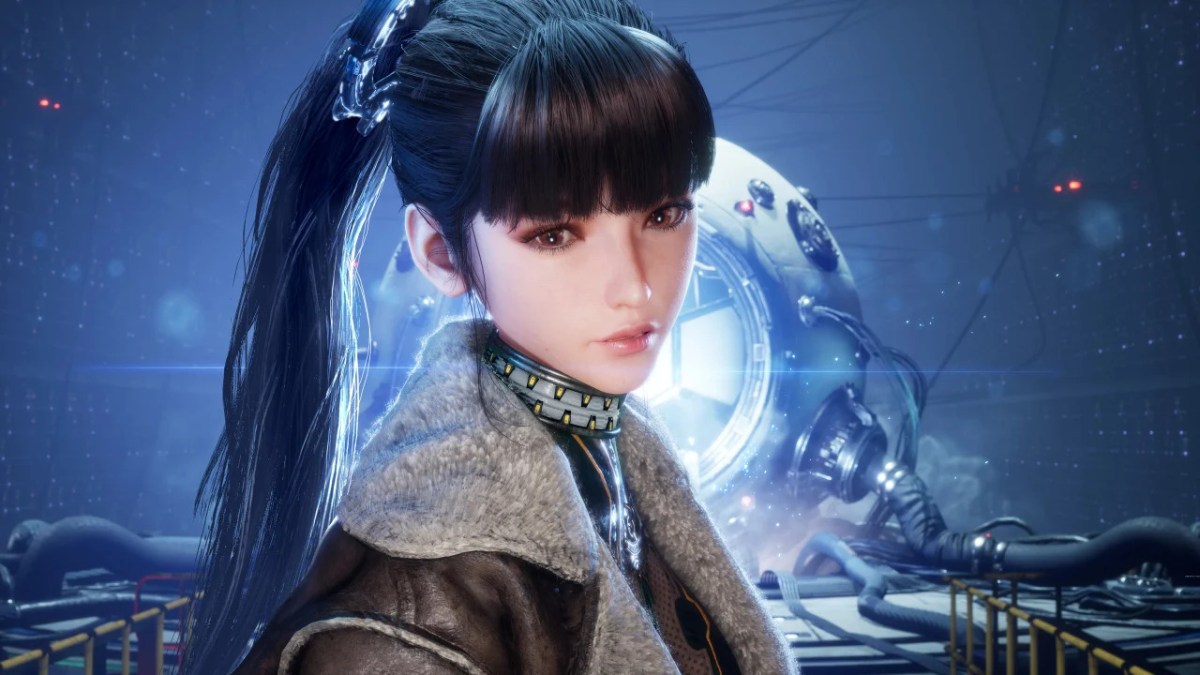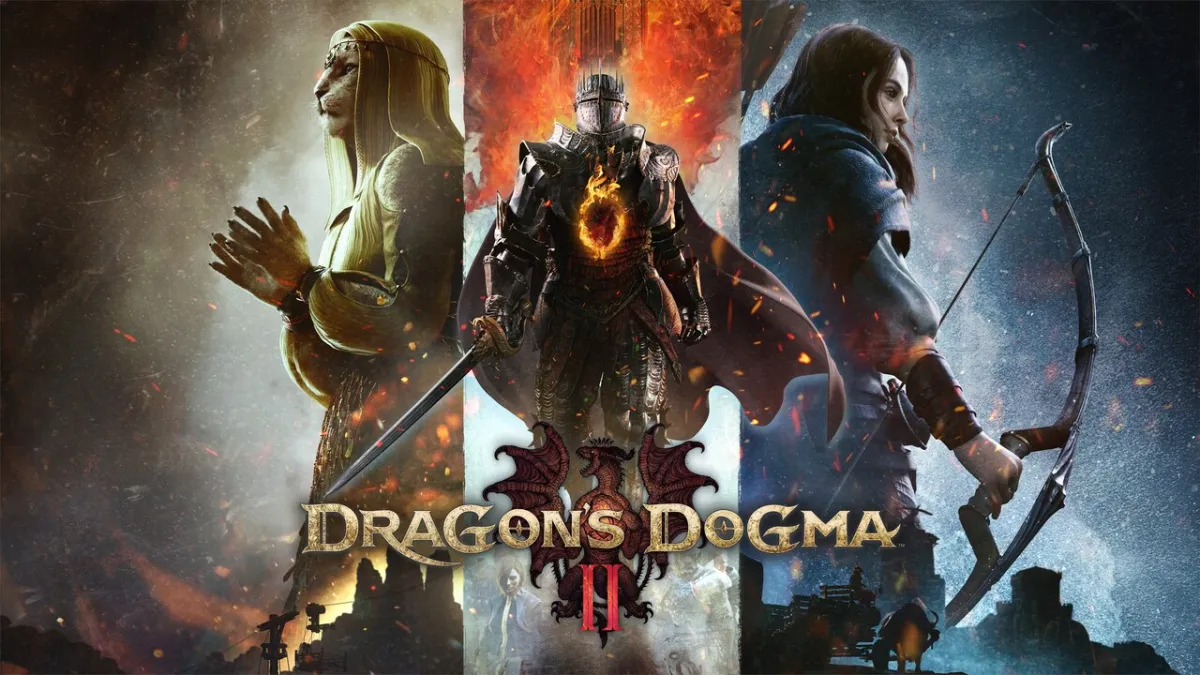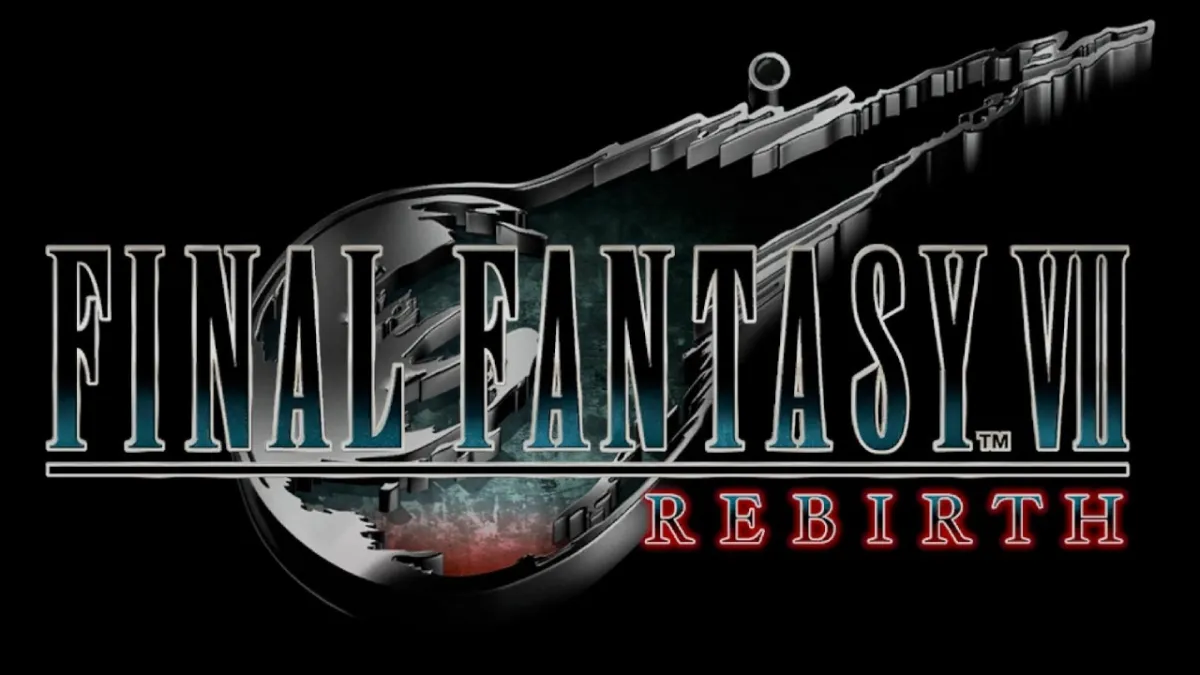The release of a new FromSoftware game is always met with a lot of excitement and anticipation. Will it fit within the framework established by the Soulsborne titles? Will it still be challenging and rewarding for players? Will it offer a deep, rich world to explore? For Sekiro: Shadows Die Twice the answer to all of this is a firm yes, but with some caveats that should be explored. The game is a true evolution on From’s previous games, merging with more contemporary elements when necessary, while sticking to their tried-and-true design philosophy. However, the formula is stretched in some new and interesting ways. Some good, and some bad.
Set at the end of Sengoku era Japan, Sekiro: Shadows Die Twice tells a somewhat straightforward story within a much larger and more intricate world. You play as The Lone Wolf, a shinobi who has dedicated his life to protecting The Divine Heir, a young boy of great mystery and importance. After failing to protect him, The Divine Heir is taken and you are left with a missing left hand at the edge of death. Thanks to the efforts of a mysterious older man simply called The Sculptor, you return to fighting form with the use of a seemingly magical prosthetic arm, giving you new abilities that you’ll use to try to rescue your master. This starts with a simple grapple move that opens up the environments in fantastically new and interesting ways, but much more lies in wait later on.
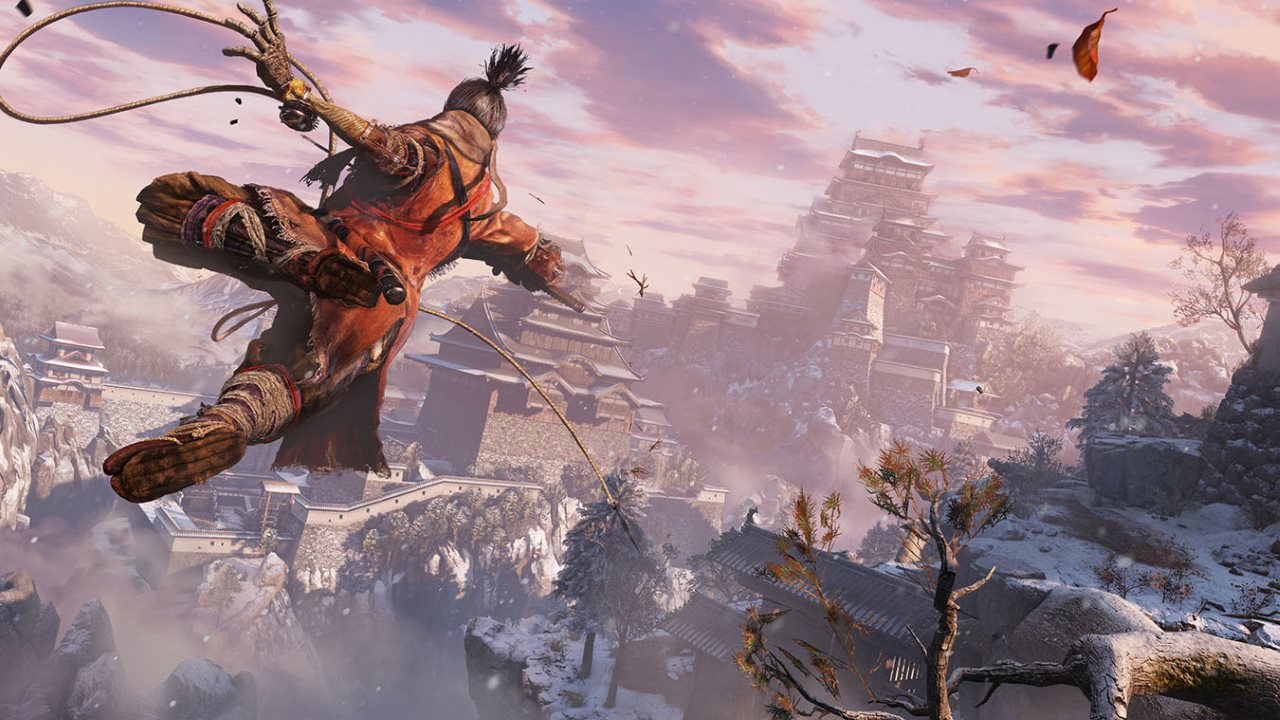
This framework sets the stage, but in true FromSoftware fashion, the game spirals into many different directions from there. Opening up in a slow, methodical pace, Sekiro offers limited exploration while focusing more on combat and stealth. You begin the game with one area to explore, navigating it stealthily from the rooftops/trees, or rushing through the streets trying to slaughter anything in your way. If you take the latter path, you’ll quickly figure out that despite its action adventure trappings, Sekiro is not like other action games.
Sekiro is a Soulsborne and action adventure fan’s dream come true
Like its FromSoftware predecessors, Sekiro tasks you with figuring out its mechanics as you play. This includes the fact that enemies can kill you very easily, even the random ones strewn about the land. Luckily you can always just come back to life using your resurrection ability. This actually plays into combat, as you can lure enemies into traps, but using it will have consequences both in the story and what avenues are available to you in the game. Combat in Sekiro is something truly different than what we’ve seen from other action adventure releases. It relies on precise timing, patience, and strategy. Each enemy has a pattern to figure out, almost serving as a puzzle unto itself, and using your expandable moveset you can exploit it to great effect.
Fights consist of mostly sword-on-sword action. Players alternate between attacking, defending, side-stepping, or jumping to safety. Different types of attacks all require their own unique set of tactics, and learning what works best and when is some of the best stuff Sekiro has to offer. Most fights are either over in a few seconds or stretch out into pulse-pounding minutes of back and forth swordplay. Of course, if you want to avoid this you can always be more of a ninja and strike from the shadows.
Sekiro: Shadows Die Twice may not be a stealth game, but it’s extremely close to one. Stealth is key to victory throughout the game, as sneaking up behind an enemy offers a quick and easy “deathblow”. These deathblows are a main focus of the combat in Sekiro: Shadows Die Twice. You can earn one through normal fighting by building up the enemy’s posture gauge through attacks, deflections, or special moves. Or you can stealth your way above or behind them and deliver one right away. This kills regular enemies, but will only take away one of a boss’ health bars, of which they typically have two, though some are tougher.
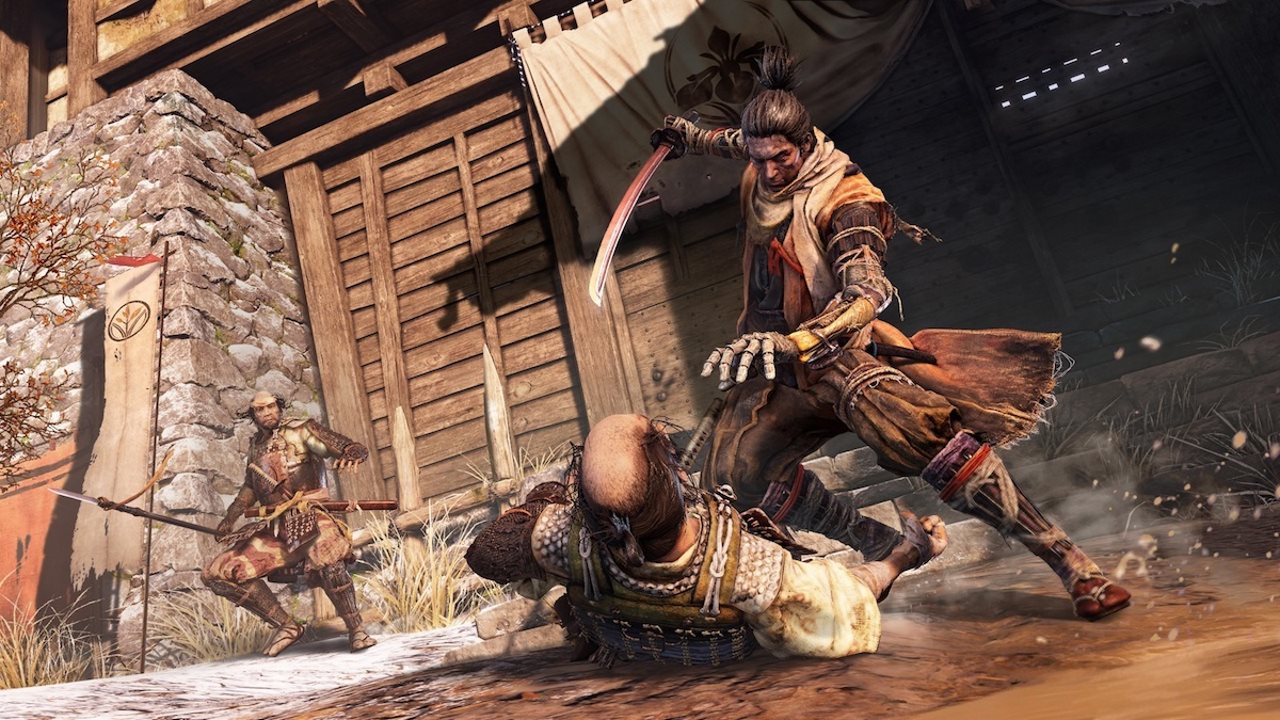
Speaking of bosses and challenge, let’s get the big questions out of the way. How hard is Sekiro: Shadows Die Twice and is it more difficult than Dark Souls? It is extremely difficult, and at times is a more challenging game than its Soulsborne style predecessors. If that sounds amazing to you, then feel free to stop reading right now and go buy the game, because you’ll have a blast. For the rest of you, let’s dig in a bit since this is actually where I feel Sekiro falters the most.
Tough games are great, in fact having these types of experiences available is one of the best things about FromSoftware. However, Sekiro has a few design decisions underpinning it’s challenge that hold back the game, especially in the early stages. There’s basically two types of gameplay you can have with Sekiro: free-roaming combat/stealth or fighting a boss. There’s a ton of bosses in Sekiro and most of the early ones block off your progress to future segments of the map. This can quickly become frustrating as you struggle to overcome the challenge, which does sometimes involve the poor camera/target-lock system in certain fights. With no other sections of the map to truly explore, you either hammer away constantly or give up entirely. Basically Sekiro doesn’t have a learning curve, it has multiple difficulty walls that appear semi-regularly and must be overcome to progress any further.
It’d be one thing if the bosses were the best part of the game, but the ninja gameplay is actually a touch better most of the time. Exploring levels, climbing through the trees, stealthily eliminating your enemies. That stuff is a blast. Extra focus could have been placed here, making it more than light to medium filler between the first major sections of the game. It does feel like the levels could be reworked to emphasize this combat more though, as most are setup to where you can just rush through them if necessary. Take some of the roadblocks away from bosses and attach them more to groups of easier enemies and the first few hours especially would be vastly improved.
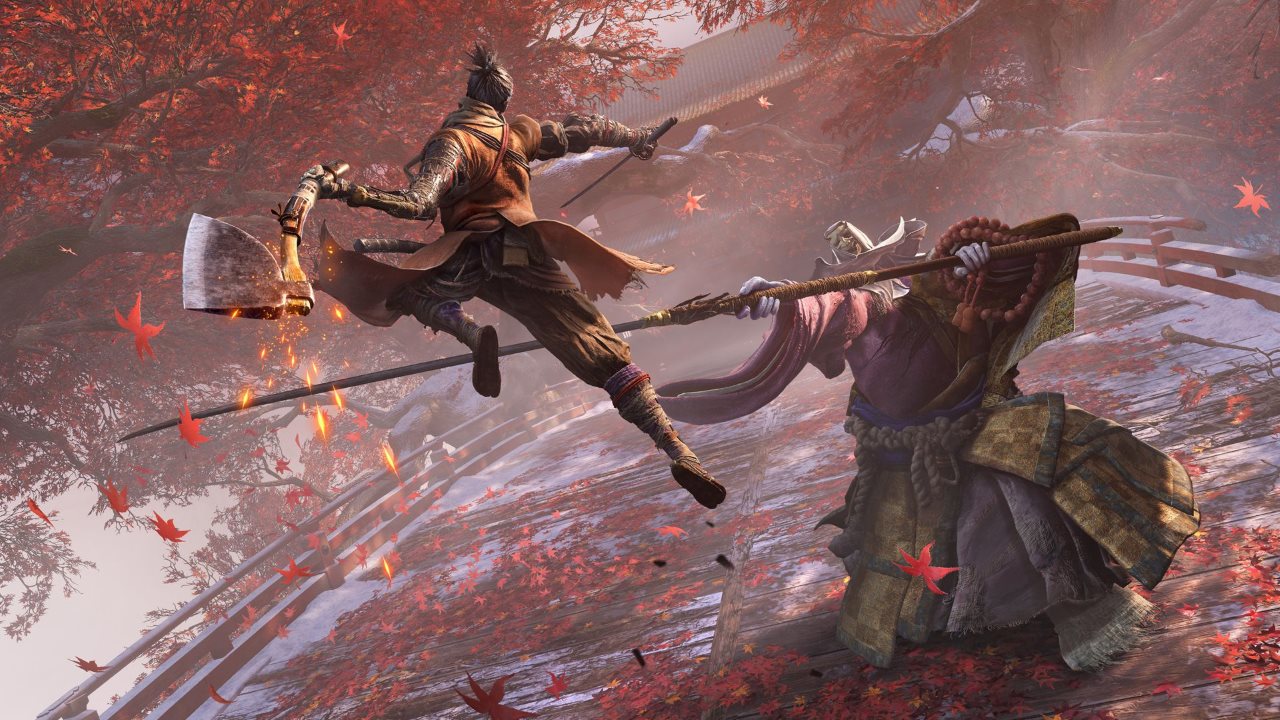
Despite this smaller misstep, Sekiro is a Soulsborne and action adventure fan’s dream come true. The environments are gorgeous, with intriguing level architecture that offers lots of avenues of attack. The upgrade system is simpler, without any grander RPG mechanics, but its still deep and the focus lends itself well to the more character-driven story. The game offers tons of content, with an emphasis on exploring and truly understanding the world. And if you do beat it, you will feel like a true video game master. It’s the type of game that requires dedication, and offers higher rewards for those who put in the effort.
The Verdict
Sekiro: Shadows Die Twice is a truly new expression of the design philosophy that FromSoftware has spent years refining. Shifting gears a bit in the setting, story, and gameplay, the spirit of Dark Souls is still clearly the driving factor here. Fans will eat up every single second of tense combat, lore-rich environments, challenging and puzzle-like boss battles, and stealth-killing enemies from above. But those who aren’t looking to spend hours expertly perfecting their combat skills might find some serious frustration throughout. With less of a boss-battle focus and a better target-lock this would be ninja gaming perfection. Even with that though, it’s pretty damn close.



